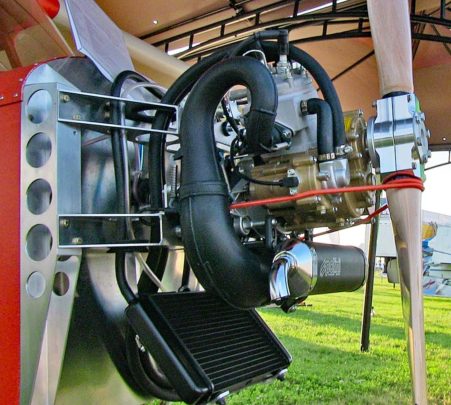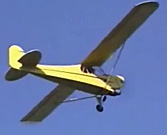
When Fisher was still located where it began, in North Dakota, I paid a visit to the factory. It may have been the tidiest wood shop I have ever seen. I had just written an article about kit-builder assembly manuals so I was keen to see examples of Fisher Flying Products full-size plans. That always sounded like a marketing term yet I knew it meant exactly what they called it. Darlene Hansen showed me a neatly-organized series of boxes full of long tubes of paper. She took one out, for the fuselage of the Koala as it turned out (see nearby image). She went to one end of a long, flat table and briskly unfurled the tube of paper while hanging on to the loose edge. It rolled and rolled …and rolled, until a sheet about four feet wide and 20 feet long covered the work table. You literally take the tiny wood pieces Fisher ships to you as part of the kit and lay them directly on the paper as shown.


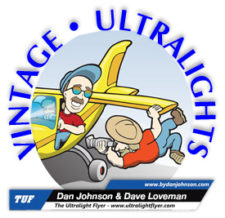 I had just written an article about kit-builder assembly manuals so I was keen to see examples of Fisher Flying Products full-size plans. That always sounded like a marketing term yet I knew it meant exactly what they called it.
Darlene Hansen showed me a neatly-organized series of boxes full of long tubes of paper. She took one out, for the fuselage of the Koala as it turned out (see nearby image). She went to one end of a long, flat table and briskly unfurled the tube of paper while hanging on to the loose edge. It rolled and rolled …and rolled, until a sheet about four feet wide and 20 feet long covered the work table.
You literally take the tiny wood pieces Fisher ships to you as part of the kit and lay them directly on the paper as shown. As you went, you dabbed a bit of glue on each piece to hold it, later applying the prescribed amount of glue. Piece after piece, your fuselage begins to take shape.
I had just written an article about kit-builder assembly manuals so I was keen to see examples of Fisher Flying Products full-size plans. That always sounded like a marketing term yet I knew it meant exactly what they called it.
Darlene Hansen showed me a neatly-organized series of boxes full of long tubes of paper. She took one out, for the fuselage of the Koala as it turned out (see nearby image). She went to one end of a long, flat table and briskly unfurled the tube of paper while hanging on to the loose edge. It rolled and rolled …and rolled, until a sheet about four feet wide and 20 feet long covered the work table.
You literally take the tiny wood pieces Fisher ships to you as part of the kit and lay them directly on the paper as shown. As you went, you dabbed a bit of glue on each piece to hold it, later applying the prescribed amount of glue. Piece after piece, your fuselage begins to take shape.
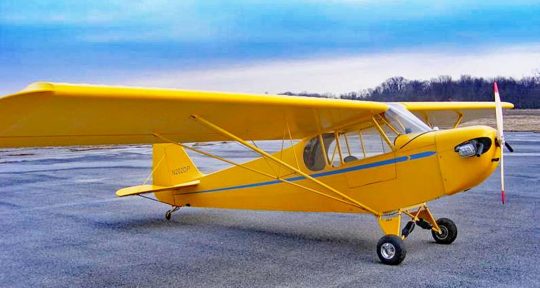 The look it presents when assembled but not covered is that resembling construction of a geodesic dome, except flat. It looks like a daunting build but you just put piece after piece in place, right on the drawing, until all the "popsicle sticks" are in place. The process is not unlike color-by-the-numbers as little kids do.
This simple aircraft may look quaint today, but in the early 1980s, Koala was a rather advanced ultralight. Remember, other designs were generally aluminum tubing gusseted or bolted together. To pilots of conventional aircraft, Koala looked more familiar, somewhat like the ubiquitous Piper Cub.
The look it presents when assembled but not covered is that resembling construction of a geodesic dome, except flat. It looks like a daunting build but you just put piece after piece in place, right on the drawing, until all the "popsicle sticks" are in place. The process is not unlike color-by-the-numbers as little kids do.
This simple aircraft may look quaint today, but in the early 1980s, Koala was a rather advanced ultralight. Remember, other designs were generally aluminum tubing gusseted or bolted together. To pilots of conventional aircraft, Koala looked more familiar, somewhat like the ubiquitous Piper Cub.
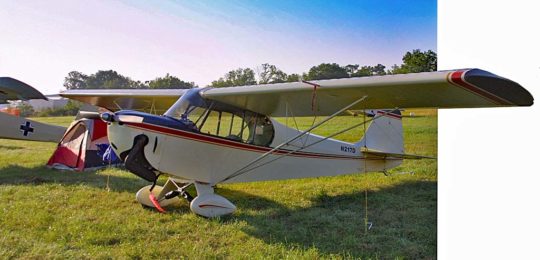 The charming, highly-affordable, all-wood Koala was designed by Mike Fisher and Wayne Ison in the early 1980s. Yes, the same, one-and-only Wayne Ison associated with Team Aircraft, another builder of light weight, low-cost, nearly-all-wood designs. We will present an article and video on Team's MiniMax later on on the Ultralight April 2020 Vintage series.
FP-202's all-wood construction makes it a straightforward build and repair can be easier partly because of the many small parts. As Videoman Dave puts it, "The building process is very similar to that of building wood model aircraft."
The charming, highly-affordable, all-wood Koala was designed by Mike Fisher and Wayne Ison in the early 1980s. Yes, the same, one-and-only Wayne Ison associated with Team Aircraft, another builder of light weight, low-cost, nearly-all-wood designs. We will present an article and video on Team's MiniMax later on on the Ultralight April 2020 Vintage series.
FP-202's all-wood construction makes it a straightforward build and repair can be easier partly because of the many small parts. As Videoman Dave puts it, "The building process is very similar to that of building wood model aircraft."
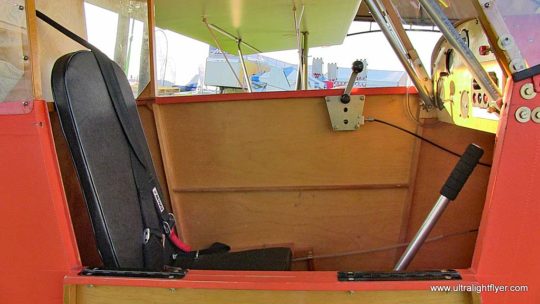 From the beginning Fisher and Ison designed Koala to fit
From the beginning Fisher and Ison designed Koala to fit 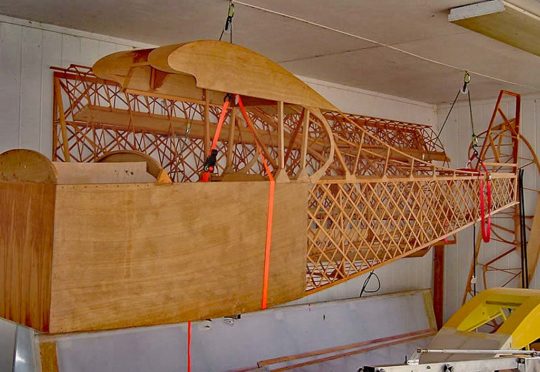 We can have you in a plane for the price of a used Harley motorcycle, said
We can have you in a plane for the price of a used Harley motorcycle, said 